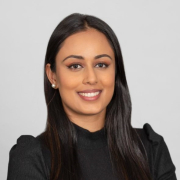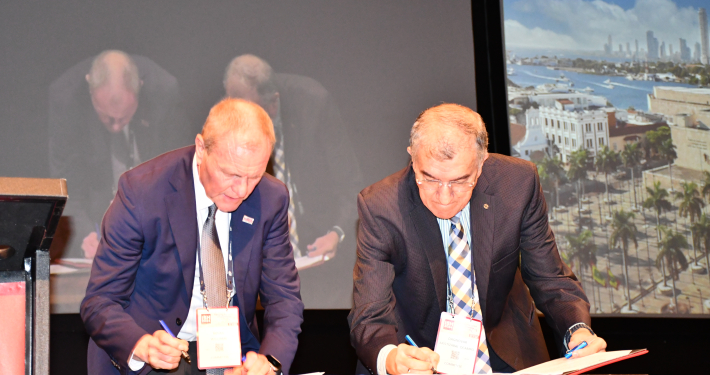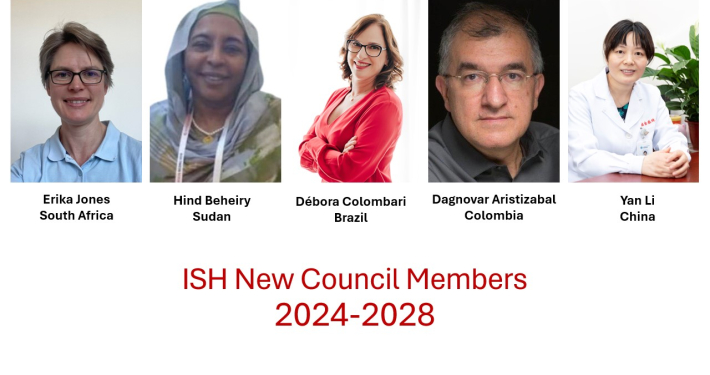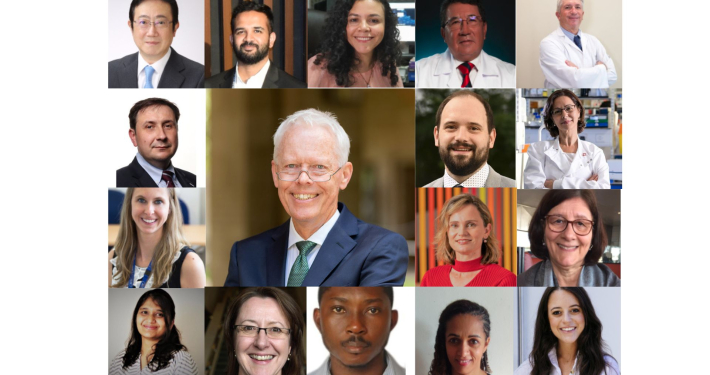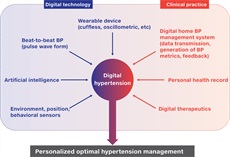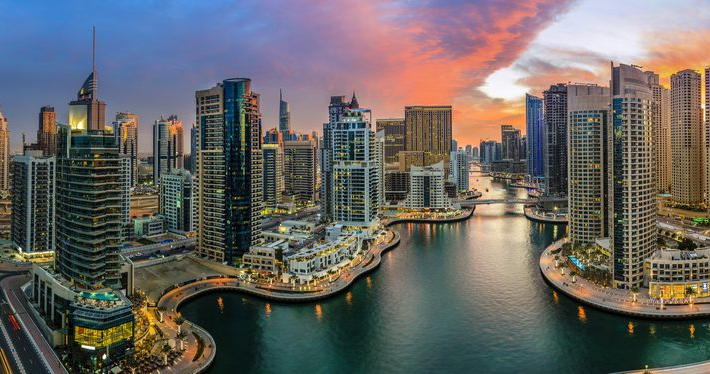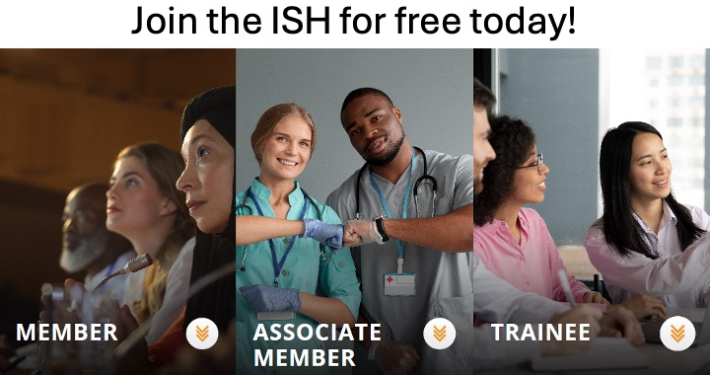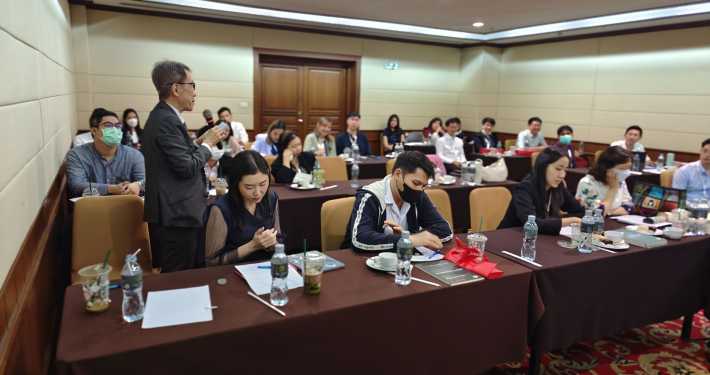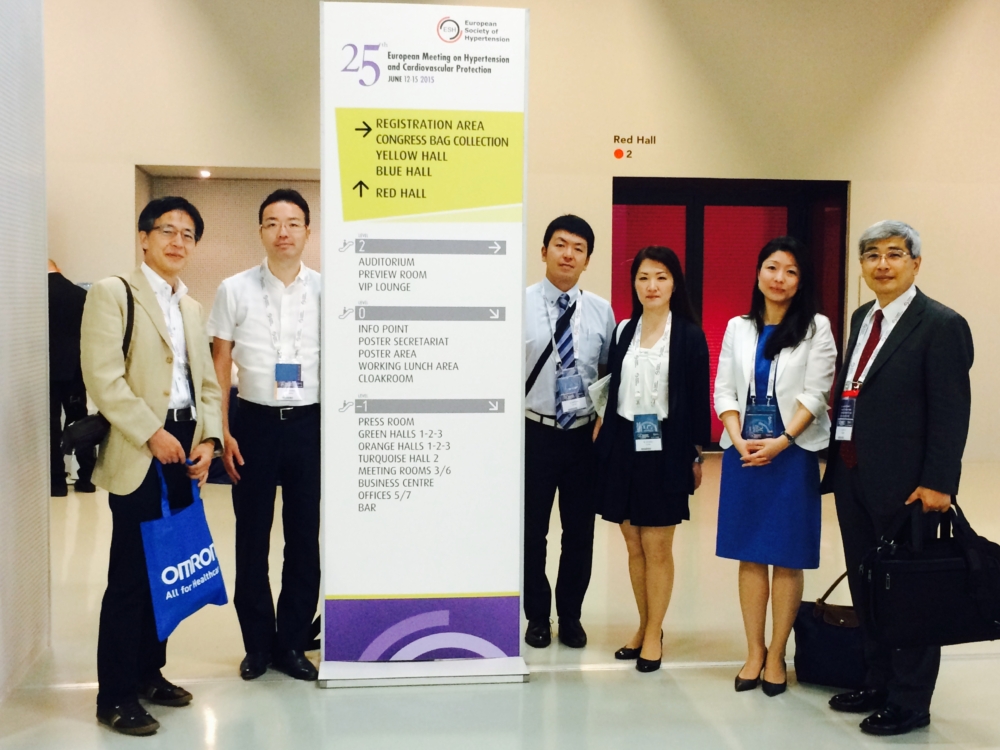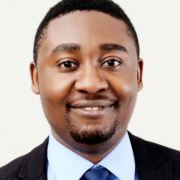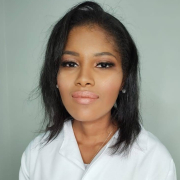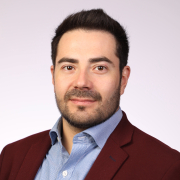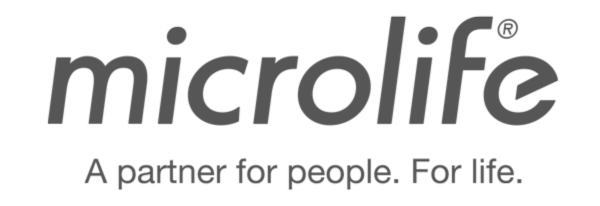How did you become interested in research relating to Hypertension and Cardiovascular Disease?
I always had a passion for preventive cardiology, and research relating to hypertension, as hypertension is one of the major modifiable risk factors of cardiovascular disease.
Describe your research & the program/lab (info of your supervisor) that you are in?
Our projects are focusing on epidemiological and clinical studies relating to hypertension and vascular function, such as pulse wave velocity, augmentation index, central blood pressure, and flow mediated dilation. Prof. Yamashina and Prof. Tomiyama are pioneers of research relating to brachial-ankle pulse wave velocity and have been leading our research team.
What do you consider to be your substantial scientific contribution so far (provide Pubmed PMID if possible)?
I am particularly interested in the association between life style risk factors (especially, nutrition) and hypertension. The manuscript “Association of blood pressure levels with the effects of alcohol intake on the vasculature in Japanese men” (PMID: 19262471) was the first study which focused on the association between alcohol intake and arterial stiffness according to blood pressure level.
What is your favourite manuscript from a lab or mentor other than your own (provide Pubmed PMID if possible)?
My favorite manuscript is “Brachial-ankle pulse wave velocity as a marker of atherosclerotic vascular damage and cardiovascular risk” (PMID: 14567500), as this manuscript was one of the important studies which conveyed the usefulness of brachial-ankle pulse wave velocity for CVD risk prediction.
What facilities are essential for your research?
We work closely with clinical technologists who specialize in measuring vascular function and research staff who manage our data.
Where do your research strengths lie? Why? What are your research weaknesses? How will you improve?
My research strength lies in my background as a clinical cardiologist and epidemiologist.
My research weakness lies in understanding the mechanisms of molecular biology and genetics. I am improving such knowledge through the acquisition of new research skills in these fields.
Describe your unforgettable (proudest) moment in science, and the most challenging situation that you have had to overcome (lessons learnt) so far?
I have had several challenging situations and unforgettable moments during my career, yet, anytime I overcome difficulty with patient encounters through clinical or research related work, then I become satisfied and consider the experience unforgettable.
At which conference did you first present? How was your experience?
I had my first oral presentation at the AHA Scientific Session 2008, Orlando, Florida. I was engaged in community medicine at that time and was working at a local clinic in a remote island in Tokyo, Japan. The trip and experience was indeed “adventurous”.
What upcoming conferences will you be attending, and what is the furthest distance that you have traveled for a conference?
I will attend the AHA Scientific Session 2015, Orlando, Florida.
The furthest distance I have travelled was the AHA Scientific Session 2008, Orlando, Florida.
How did you learn about ISH/NIN and its activities?
I learned about the ISH/NIN from Dr. Yoshihiro Kokubo, a chief doctor in the Department of Preventive Cardiology at the National Cerebral and Cardiovascular Center in Japan. Dr. Kokubo is an esteemed researcher who is always supporting young investigators in Japan.
What area(s) do you wish to specialize in the future?
I would like to specialize in cardiovascular epidemiology and preventive cardiology especially relating to hypertension, vascular function, and lifestyle risk factors.
Who is your role model in Science? Why?
I have many role models around me. I learned epidemiology and preventive cardiology at Harvard School of Public Health and Brigham and Women’s Hospital, Boston, US, after I had completed my clinical cardiology fellowship in Japan. Dr. Michael Gaziano, Dr. Luc Djousee, and Dr. Howard Sesso from Brigham and Women’s Hospital are great mentors, researchers and role models. Dr. Akira Yamashina and Dr. Hirofumi Tomiyama, who are my mentors in Japan, are truly phenomenal as well, and I look forward to my continued collaboration with them.
Are you involved in other scientific or career associations? If yes, how is it helping in your career advancements?
I am an active member of the American Heart Association, the Japanese Circulation Society, The Japanese Preventive Cardiology Society, and the Japanese Hypertension Society. My affiliation with these societies have allowed me to develop my research and networking skills which are essential for my career.
What are your scientific goals? Advise for talented emerging scientists?
My scientific goals are to become an expert in cardiovascular epidemiology and preventive cardiology, especially relating to hypertension, to promote healthier lives for individuals all over the world. My advice for emerging scientists is to network as much as possible!
